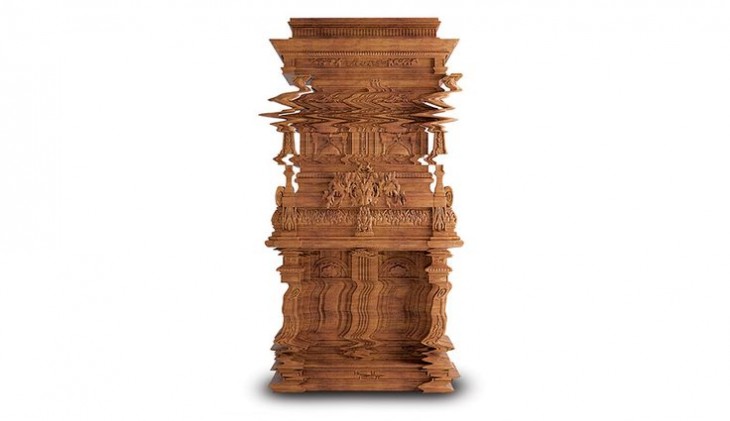
1969. It was a time when a period of Henry Ford is behind, Post-Fordism was almost passed and 3rd Industrial Revolution was ahead. The powers-that-be was trying to find a new way of developing technologies.
Nicholas Negroponte put forward an idea about machines, which can do not only hard, repetitive work (like machines of 2nd Industrial Revolution) and learn about architecture, but also learn about learning about architecture, developing themselves and be able to forget (!) the information. In 1969 Negroponte didn’t compare the architectural machines and the man. He built a partnership between them as a 2 intelligent systems, which are capable of producing an evolutionary system.
Out of this theory machines were just formidable «clerks», which can do only dull repetitions design task. But his architectural robots, which are consisted from 5 components (a heuristic mechanism, a rote apparatus, a conditioning device, a reward selector and forgetting convenience) and required only 3 properties (event, manifestation and representation), can solve any problem by processing examples: «Currently, a great deal of concern and research effort is placed on the machine-generation of form from a given statement of criteria. For the eyes of an architecture machine, the problem is the opposite; given a form, generate the criteria… learn from the criteria and someday generate new forms.»
As it used to happen in history with philosophical theory, the thing is not in physical creation of the machine, but in a way finding for further developing. The question is not only about architecture, robotics or human psychology. The answer is somewhere in the middle of all of it. Today people are trying to create technological materials and smart structures mimicking nature, so why we can’t create «something» mimicking us?
As for my topic of research, I want to look through attempts of people to mimic themselves. As we all know, every masterpiece has a print of his creator. For inventing an artificial intelligence people need to understand themselves, their sense, their place in this world and breathe life into their creation. Of course, this question has lots of intersections not only with science but with religion also. How far we can go with researching ourselves? And how it will influence on architecture?
IC3. T5
This entry was posted in Ekaterina Levkina. Bookmark the permalink. Both comments and trackbacks are currently closed.
